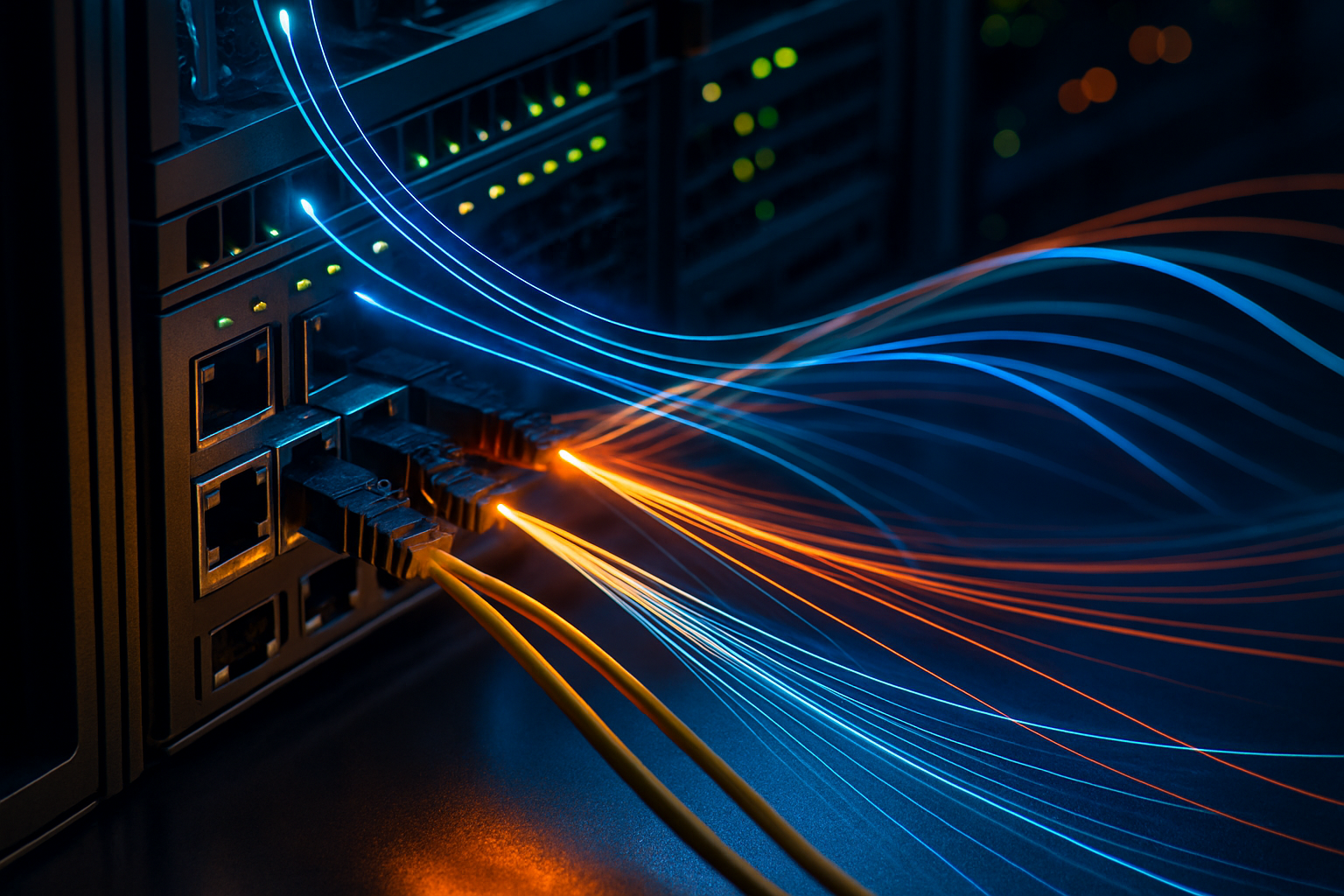Energy-efficient network upgrades: planning fiber and hardware lifecycle
Energy-efficient upgrades balance capacity needs with long-term operational costs. This article outlines planning approaches that align fiber expansion and hardware lifecycle decisions with metrics such as bandwidth, latency, throughput and resilience, while integrating modern tools like SD‑WAN, virtualization, telemetry and AIOps.

Upgrading network infrastructure for energy efficiency requires a coordinated view of physical fiber assets and active hardware lifecycles. Decisions around when to deploy new fiber, replace routing equipment or adopt virtualization affect connectivity, throughput and operational energy draw. Good planning weighs current bandwidth and latency requirements against projected growth, resilience expectations and the monitoring needed to adapt to changing traffic patterns. Environmental goals and total cost of ownership intersect: choosing components with better power profiles, consolidating workloads at the edge or in virtualized environments, and using telemetry to fine‑tune operations all play a role.
How does fiber extend connectivity and throughput?
Deploying new fiber increases raw throughput capacity and reduces per‑bit power consumption compared with older copper links or higher‑power microwave hops. Fiber choices—singlemode versus multimode, dark fiber versus lit services—affect future upgrades and energy profiles. Properly planned fiber routes also support diversity for resilience and make peering or direct interconnection simpler, lowering round‑trip latency for critical flows. When planning routes, coordinate with local services, rights‑of‑way, and regional backbone providers to avoid redundant builds and maximize utilization of deployed fiber strands.
Managing bandwidth and latency in upgrades
Upgrades should match expected bandwidth growth with acceptable latency budgets. Overspecifying link capacity can waste capital and increase energy use from underutilized optics; underspecifying leads to congestion and retransmissions that waste energy and harm user experience. Consider traffic engineering and QoS together with capacity increases to prioritize flows. Metrics-driven capacity planning—using throughput and latency baselines plus seasonal patterns—helps time upgrades so that new hardware and optics are fully utilized soon after deployment.
Routing, peering, and satellite considerations
Routing and peering strategies influence how traffic traverses the network and therefore the energy footprint across network segments. Optimizing peering relationships can shorten paths and reduce load on transit links. In regions where fiber is sparse, satellite or microwave links may be necessary; these alternatives have different latency and power characteristics and should be employed where they make sense for resilience. Evaluate routing policies and interconnection agreements to reduce unnecessary detours and lower the cumulative energy cost per delivered packet.
Virtualization, SD‑WAN and edge deployments
Virtualization and SD‑WAN enable consolidation of functions and flexible traffic steering, often reducing the need for power‑hungry onsite hardware. Shifting functions to virtual routers, containerized network functions, or edge compute nodes can cut energy use if done with careful capacity planning. Edge deployments reduce backhaul traffic and improve latency but introduce additional managed devices; lifecycle planning should include standardized, energy‑efficient edge hardware and remote orchestration tools to minimize maintenance overhead.
Security, telemetry, and AIOps for resilience
Integrating security controls with telemetry provides a holistic view of both threats and operational health. Continuous monitoring of power states, interface utilization, and error rates feeds AIOps systems that can suggest or automate energy‑aware adjustments—shutting down idle ports, shifting workloads, or consolidating virtual instances. Security-hardened hardware that supports detailed telemetry enables both faster incident response and smarter, resilience-driven energy management without compromising protection.
Hardware lifecycle planning for energy efficiency
Establish explicit replacement cycles tied to performance, energy profile and failure rates rather than vendor lifecycles alone. Refurbishment, reuse, and standardized modules simplify spares inventory while lowering environmental impact. When retiring equipment, document power characteristics (idle vs. peak), cooling requirements, and throughput per watt to inform future sourcing. Procurement should include energy efficiency metrics and compatibility with virtualization and SD‑WAN to extend usable life and enable graceful upgrades.
Conclusion Energy‑efficient network upgrades are achieved by linking fiber expansion, routing and peering choices, and hardware lifecycle policies with clear operational metrics such as bandwidth, latency and throughput. Combining virtualization, SD‑WAN and edge strategies with robust telemetry and AIOps workflows enhances resilience while controlling power use. Thoughtful procurement, monitoring and staged deployment keep networks adaptable, lower total energy consumption, and align capacity growth with sustainability goals.





